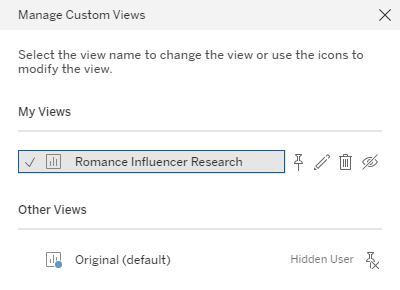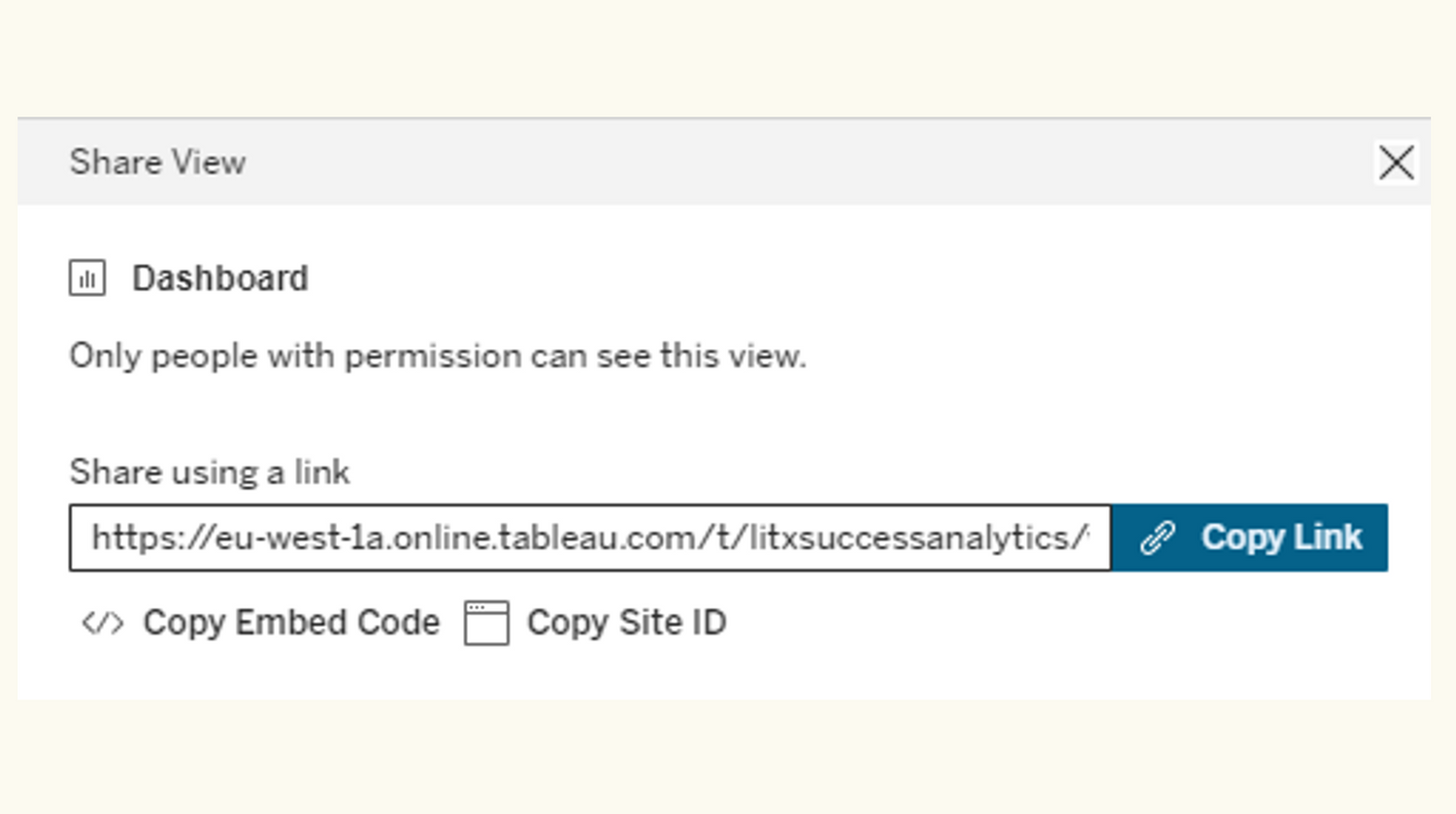Understand & react to price impact on revenue
Lit-X Understand & react to price impact on revenue provides you with a comprehensive transparency over any and all prices in the German and United States book markets. This includes all book formats, e.g., also eBooks.
Lit-X Understand & react to price impact on revenue allows you to optimize your prices based on the market's reaction to price changes. By showing price developments over time and an estimated revenue per publisher, the immediate impact of price changes on revenue becomes apparent. You can easily see if a price increase has led to higher revenues, or if consumers' price elasticity was reached and revenues were negatively impacted. You can use this mechanic to understand your competition better and learn where they experiment with prices, where they are successful, and where they fail. Moreover, you learn about your customers and their willingness to pay: where exactly is the actual end of their price elasticity (and not just the assumed one).
You can get multiple tasks done with the same use case
Book an introduction now, we'll give you a walkthrough
Just book an introduction and we explain everything step-by-step and at your pace. We provide details and background, dive into the methodology and technology, share implementation best practices and support you along the way towards AI- and data-driven working.
The tool offers convenient features to save time

Save different views
Once set filters can be saved in individual views. This allows you to define various applications for yourself which you can easily access with one click. You can jump between views, e.g., "Find German TikTok bookfluencers in Romance" and "Find American Youtube bookfluencers in Young Adult"

Subscribe to updates
You can define e-mail subscriptions for any view you saved. The e-mail contains a PDF or screenshot of the dashboard with your selected view. You can choose how often you want to receive those subscription e-mails and manage them at any time. This helps you to get a quick overview "has anything changed"? And if so, jump into the tool to dive deeper.

Share with colleagues
You can share any saved view with other licensed colleagues to collaborate on a project. Start a data-driven conversation, provide argumentation for a request or help them out with their own assignments.
The use case provides you with everything you need
Collapsible content
Data scope
We constantly extend our data scope. Depending on the data type, the scope may vary marginally. Currently, we cover the following data scope:
- Countries: Germany, United States
- Titles: All titles generally available
- Authors: All authors generally available
- Genres: Children's, Crime, Literature & Fiction, Mystery & Detective, Romance, Science Fiction & Fantasy, Teen & Young Adult, Thriller; all genres are limited to story-telling sub-genres, excluding, e.g., educational materials
- Genres hierarchy: We provide a three-level genre hierarchy that is adjusted to industry standards across providers and can be individualized in a Custom use case:
- Level 1, e.g., "Thrillers"
- Level 2, e.g., "Thrillers - Supernatural"
- Level 3, e.g., "Thrillers - Supernatural - Vampires"
- Data types: Publisher, author, author gender, title, topic, various success metrics, ratings, reviews, price, product variants, popularity (custom use cases include many additional data types depending on individual request)
- Sources: We collect data from dozens of sources including but not limited to major online shops, review communities, agent communities, individual publishers, distributors, agent and author pages, social media platforms, text aggregators, and industry associations.
- Updates: Data is generally updated once per month. Social Media data is updated continuously, aiming for weekly updates.
Data quality
Our data runs through an extensive quality control process. We capture all potential issues in an automated and reliable way. Issues addressed are constantly being updated, since we continuously increase our data quality further, dive deeper into the data and explore more use cases.
Common issues include misspellings (e.g., Stefen King), different ways of writing names (e.g., H. P. Lovecraft vs. HP Lovecraft), data gaps in our input sources (e.g., no price available), wrong data in our input sources (e.g., miss categorized: "The Gift" in "Gift books" instead of "Thriller"), and many more.
Data visualization
To give access to our data and visualize it, we use a tool called "Tableau"
Tableau is a well-established tool for precisely our purpose; it focuses on easy handling, a self-explanatory user experience, and provides a lot of helpful material.
We guarantee that everyone who can use a computer can use and understand Tableau.
Should you struggle - we are here to help, just shoot us a message.
Also, there is a lot of guided courses ranging from general introductions to solutions to specific problems available:
- Tableau's own education offering
- Introduction to Tableau on Datacamp
- Udemy overview of Tableau courses
- A variety of Tableau self-help videos on Youtube
Updates
- Updates are generally done on a monthly basis
- Updates imply a data pull from all available sources
- Updated data doesn't overwrite previous data but is appended to it, building a transparent timeline and adding value to the data
- Social media data is continuously updated, aiming for a weekly update circle
Success definition
- It includes a reader perception component that measures how well a book is received by the readership based on ratings and reviews
- It includes an approximation of actual sales based on price, number and value of ratings, reviews, bestseller list entries, and more
Start benefitting now, personally, and as publisher
-
Increased profits
Start increasing your profits by optimizing prices.
-
Stop guessing the right price for a newly published title. Stop relying on your 20-year industry veteran to apply his gut feeling to find the right price every time and again. Stop keeping the same price for the same title over the years.
-
Start setting competitive initial prices, particularly, when you can only change it again with the next edition. Start adjusting prices suitable to the life-cycle of the title and only do so, if you have seen that your competitors are successful in doing so.
-
Robust decisions
Talk facts not fragmented and individual perceptions.
-
Stop relying on individual opinions about the right price that are based on experience and perception only. Stop making business decisions based on brick-and-mortar-store sales only, or the 5% of information you can manually collect online.
-
Start creating your own competitive comparison group based on publishers, authors, or titles, to set the right benchmark for any new publication. Start using 100% of actual data, form an educated opinion, and then make robust decisions.
-

Time saving
Use Lit-X for 15 minutes instead of discussing for hours.
-
Stop trying to manually collect enough data to understand price developments of the competition. Stop discussing individual opinions to no end. Stop not caring enough about pricing and therefore just taking the same price as last time.
-
Start working with tailored data that helps you to answer your questions. And then apply your industry expertise to draft a data-driven pricing strategy per genre, author or title.